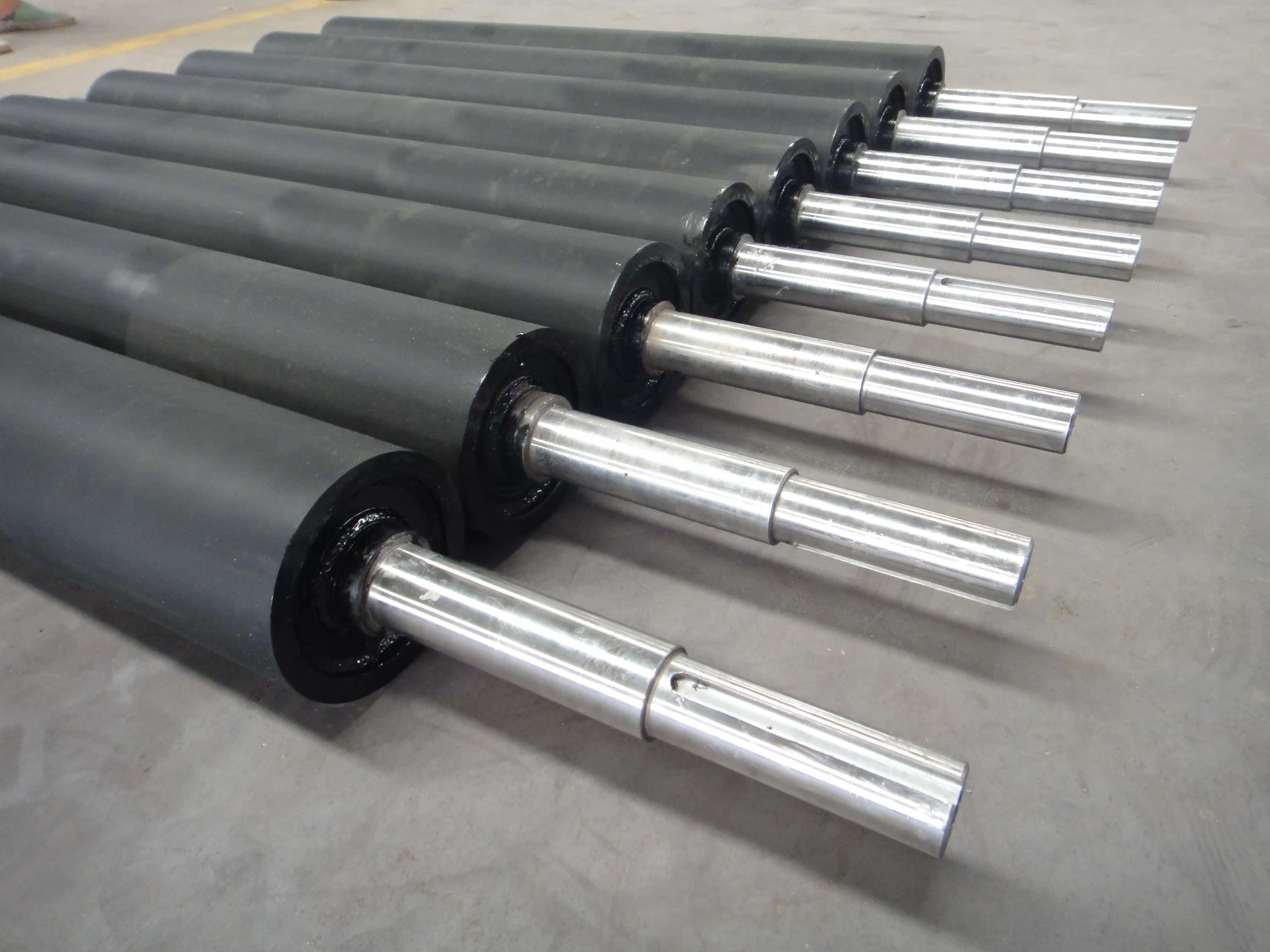 Afrikaans
Afrikaans  Albanian
Albanian  Amharic
Amharic  Arabic
Arabic  Armenian
Armenian  Azerbaijani
Azerbaijani  Basque
Basque  Belarusian
Belarusian  Bengali
Bengali  Bosnian
Bosnian  Bulgarian
Bulgarian  Catalan
Catalan  Cebuano
Cebuano  Corsican
Corsican  Croatian
Croatian  Czech
Czech  Danish
Danish  Dutch
Dutch  English
English  Esperanto
Esperanto  Estonian
Estonian  Finnish
Finnish  French
French  Frisian
Frisian  Galician
Galician  Georgian
Georgian  German
German  Greek
Greek  Gujarati
Gujarati  Haitian Creole
Haitian Creole  hausa
hausa  hawaiian
hawaiian  Hebrew
Hebrew  Hindi
Hindi  Miao
Miao  Hungarian
Hungarian  Icelandic
Icelandic  igbo
igbo  Indonesian
Indonesian  irish
irish  Italian
Italian  Japanese
Japanese  Javanese
Javanese  Kannada
Kannada  kazakh
kazakh  Khmer
Khmer  Rwandese
Rwandese  Korean
Korean  Kurdish
Kurdish  Kyrgyz
Kyrgyz  Lao
Lao  Latin
Latin  Latvian
Latvian  Lithuanian
Lithuanian  Luxembourgish
Luxembourgish  Macedonian
Macedonian  Malgashi
Malgashi  Malay
Malay  Malayalam
Malayalam  Maltese
Maltese  Maori
Maori  Marathi
Marathi  Mongolian
Mongolian  Myanmar
Myanmar  Nepali
Nepali  Norwegian
Norwegian  Norwegian
Norwegian  Occitan
Occitan  Pashto
Pashto  Persian
Persian  Polish
Polish  Portuguese
Portuguese  Punjabi
Punjabi  Romanian
Romanian  Russian
Russian  Samoan
Samoan  Scottish Gaelic
Scottish Gaelic  Serbian
Serbian  Sesotho
Sesotho  Shona
Shona  Sindhi
Sindhi  Sinhala
Sinhala  Slovak
Slovak  Slovenian
Slovenian  Somali
Somali  Spanish
Spanish  Sundanese
Sundanese  Swahili
Swahili  Swedish
Swedish  Tagalog
Tagalog  Tajik
Tajik  Tamil
Tamil  Tatar
Tatar  Telugu
Telugu  Thai
Thai  Turkish
Turkish  Turkmen
Turkmen  Ukrainian
Ukrainian  Urdu
Urdu  Uighur
Uighur  Uzbek
Uzbek  Vietnamese
Vietnamese  Welsh
Welsh  Bantu
Bantu  Yiddish
Yiddish  Yoruba
Yoruba  Zulu
Zulu conveyor system components
Understanding Conveyor System Components
Conveyor systems are an integral part of many industries, providing a seamless flow of materials and goods. From manufacturing plants to warehouses, conveyor systems improve efficiency and productivity by automating the transportation of products. However, to fully appreciate how these systems function, it’s essential to understand their key components.
1. Conveyors The Backbone of the System
At the heart of any conveyor system is the conveyor itself. Conveyors can be classified into different types based on their design and application, including belt conveyors, roller conveyors, chain conveyors, screw conveyors, and more. Each type serves different purposes – for instance, belt conveyors are ideal for transporting bulk materials, while roller conveyors are more suited for handling packages or pallets. Selecting the right conveyor type is crucial for optimizing operational efficiency.
2. Motors and Drives
Motors and drives are critical components that provide the necessary power to move the conveyor. They convert electrical energy into mechanical energy, enabling the conveyor to transport materials efficiently. The choice of motor depends on the load capacity and speed requirements of the application. Variable frequency drives (VFDs) are often used to control the speed of the conveyor, allowing for greater flexibility in operations.
Control systems play a vital role in managing conveyor operations. These systems can range from simple manual controls to complex automated systems that integrate with warehouse management systems (WMS). Sensors and programmable logic controllers (PLCs) are commonly employed to monitor the flow of products, detect jams, and ensure that the system operates smoothly. Advanced control technologies can optimize conveyor speed and throughput, contributing to overall system efficiency.
4. Supports and Structures
conveyor system components

The structural components, including frames, supports, and beams, provide the necessary stability for conveyor systems. A well-designed structure ensures that the conveyor operates at the correct height and alignment, reducing wear and tear. Materials used for these components can vary from steel to aluminum based on the environment and load requirements.
5. Belting and Surfaces
The conveyor belt or surface is a crucial component that directly interacts with the materials being transported. The selection of the right material for the belt is critical, as it must provide the appropriate traction, durability, and resistance to wear. Various belting materials include rubber, plastic, and fabric, each offering distinct advantages. For instance, rubber belts are often used in bulk material handling, while plastic modular belts are suitable for food processing applications due to their hygiene benefits.
6. Accessories and Safety Features
Conveyor systems come with a variety of accessories designed to enhance functionality and safety. These may include side rails, guides, and hoppers that help to manage product flow. Additionally, safety features such as emergency stop buttons, guards, and safety switches are essential to prevent accidents and ensure a safe working environment. Regular maintenance and safety checks are critical to keeping these systems operational and secure.
7. Integration and Automation
Modern conveyor systems are increasingly integrated with other automated processes within facilities. They can be linked to robotic systems, automated storage and retrieval systems (AS/RS), and inventory management systems to create a fully automated workflow. This integration enhances efficiency, reduces labor costs, and minimizes the risk of human error.
Conclusion
Conveyor system components work together to create a streamlined process for transporting materials. Understanding the function and importance of each element, from the conveyor itself to motors, controls, and safety features, is key to optimizing these systems for efficiency and reliability. As industries continue to evolve, so too will conveyor technologies, paving the way for smarter, more efficient operations that drive productivity and success. Whether you are considering the implementation of a conveyor system or looking to enhance an existing one, a thorough understanding of these components is essential for making informed decisions that can improve your operational efficiencies.
-
Revolutionizing Conveyor Reliability with Advanced Rubber Lagging PulleysNewsJul.22,2025
-
Powering Precision and Durability with Expert Manufacturers of Conveyor ComponentsNewsJul.22,2025
-
Optimizing Conveyor Systems with Advanced Conveyor AccessoriesNewsJul.22,2025
-
Maximize Conveyor Efficiency with Quality Conveyor Idler PulleysNewsJul.22,2025
-
Future-Proof Your Conveyor System with High-Performance Polyurethane RollerNewsJul.22,2025
-
Driving Efficiency Forward with Quality Idlers and RollersNewsJul.22,2025





























